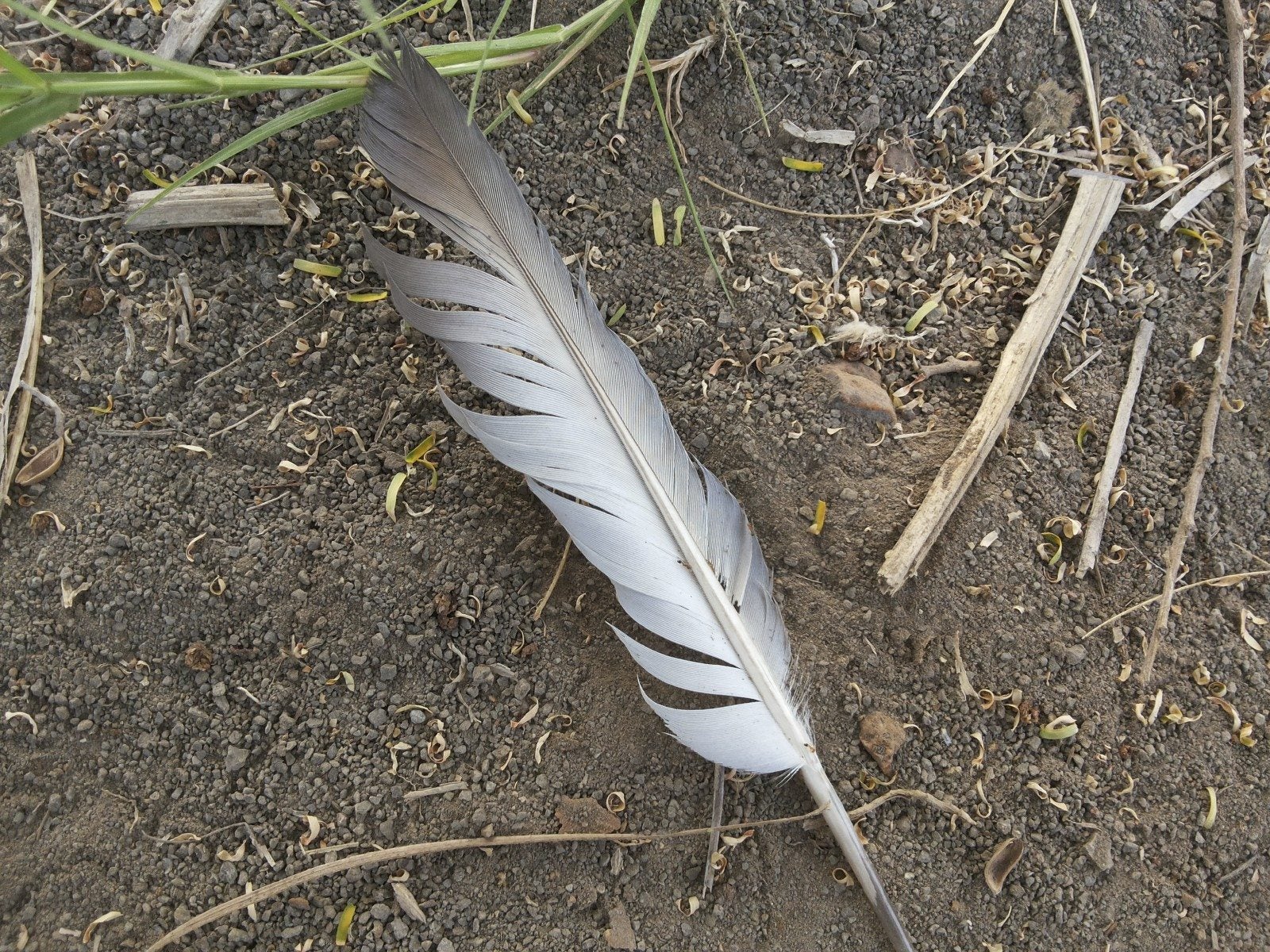Can You Compost Bird Feathers: How To Compost Feathers Safely


Composting is an amazing process. Given enough time, things you may consider “garbage” can be turned into pure gold for your garden. We’ve all heard of composting kitchen scraps and manure, but one compostable you may not think of right away is bird feathers. Keep reading to learn more about adding feathers to compost piles.
How to Compost Feathers Safely
Can you compost bird feathers? You absolutely can. In fact, feathers are some of the most nitrogen-rich composting materials around. Compostable items are generally split into two categories: browns and greens.
- Browns are rich in carbon and include such things as dead leaves, paper products, and straw.
- Greens are rich in nitrogen and include things like coffee grounds, vegetable peelings, and, of course, feathers.
Both browns and greens are essential to good compost, and if you feel like you’re too heavy on one, it’s a good idea to compensate with a lot of the other. Composting feathers is a great way to raise your soil's nitrogen content because they’re very efficient and often free.
Composting Feathers
The first step in adding feathers to compost is finding a feather source. If you’re fortunate enough to keep backyard chickens, you’ll have a constant supply from the feathers they lose naturally day to day. If you don’t, try turning to down pillows. Sad old pillows that have lost their oomph can be opened up and emptied. If you can, try to find a factory that makes down products-- they may be persuaded to give you their leftover feathers for free. Bird feathers in compost break down relatively easily-- they should break down totally within just a few months. The only real hazard is wind. Make sure to add your feathers on a day without wind and cover them up with heavier material once you’ve added them to keep them from blowing everywhere. You can also soak them in water for a day beforehand both to weigh them down and jump-start the decomposing process. Note: Don’t use bird feather compost that you’ve randomly found just laying around without knowing the source, as they could be contaminated by sick or diseased bird species.
Gardening tips, videos, info and more delivered right to your inbox!
Sign up for the Gardening Know How newsletter today and receive a free copy of our e-book "How to Grow Delicious Tomatoes".

The only child of a horticulturist and an English teacher, Liz Baessler was destined to become a gardening editor. She has been with Gardening Know how since 2015, and a Senior Editor since 2020. She holds a BA in English from Brandeis University and an MA in English from the University of Geneva, Switzerland. After years of gardening in containers and community garden plots, she finally has a backyard of her own, which she is systematically filling with vegetables and flowers.
-
 Looking For Plants To Give You The Soft And Fuzzies? Try These 5 Fuzzy Leaf Plant Options
Looking For Plants To Give You The Soft And Fuzzies? Try These 5 Fuzzy Leaf Plant OptionsLovers of texture, drama, silver foliage and tactile plants will adore these special sensory garden additions. These fuzzy leaf plant options will leave you all aglow
By Susan Albert
-
 Get Ready For A Summer Of Hummers! Grow These Full Sun Hummingbird Plants and Flowers
Get Ready For A Summer Of Hummers! Grow These Full Sun Hummingbird Plants and FlowersIf you’re lucky enough to enjoy a sunny backyard, make sure you are maxing out on your pollinator opportunities and grow these full sun hummingbird plants and flowers
By Tonya Barnett